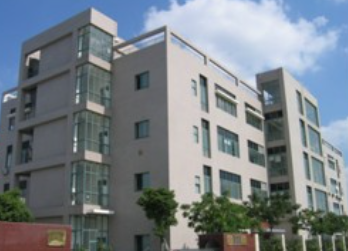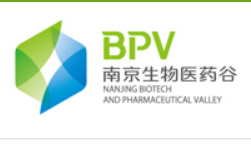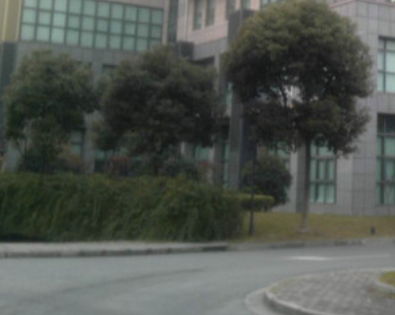Case 1
Org.Process Res. Dev. 2006, 10, 149. DOI: 10.1021/op0501545
◆The synthesis of 7-hydroxyquinoline 1 involved the Michael addition between 4 and 2. Acrolein 2 is vulnerable to polymerization under reaction conditions (Et3N/MeOH, 0°C). As a result, the synthesis required a large excess of highly toxic acrolein and a chromatographic purification was necessary to remove N-tosyl-5-hydroxyhydroquinoline regioisomer and polymeric impurities.

◆The polymerization issue could be mitigated by conducting the reaction at a lower temperature.
◆The first Michael reaction of 3-N-tosylaminophenol 4 with 2 was conducted at −5°C in ethanol. This lower reaction temperature greatly limited the formation of polymeric materials, which made the subsequent workup much easier.
◆In addition, in order to solubilize polymeric materials that otherwise adhere to the precipitated product, a small volume of toluene was added to the reaction mixture prior to pH adjustment.

Case 2
Org.Process Res. Dev. 2007, 11, 578. DOI: 10.1021/op060228s
◆In general, dilute reaction conditions are preferred for an intramolecular reaction in order to suppress undesired intermolecular reactions. For instance, Nazarov cyclization had to be conducted at a fairly high dilution (0.2 M) using concentrated sulfuric acid as the solvent to prevent polymerization of enone 17
◆Subsequently, the workup with water created a very large exotherm and resulted in unacceptably high process volumes.

◆The polymerization of 17 was minimized by adding chloroketone 16 to a preheated sulfuric acid at 90°C at a rate comparable to the cyclization rate of enone 17. With such modified reaction conditions, the reaction was conducted at higher concentrations (0.7 M), and the polymerization of 17 was minimized.







